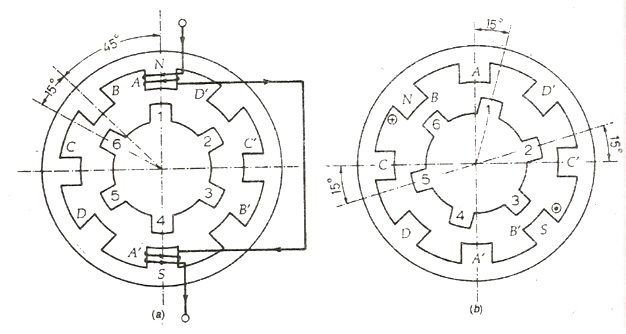The global stepper motor closed-loop market will show steady growth. The main factors driving the growth of the global closed-loop stepper motor market include the rapid growth of automation, the standardization of energy efficiency, the integration of motion control components and the low price compared to it. servo motor. However, operating a closed-loop stepper system at a higher speed is difficult, which is a major factor limiting its global market growth.
The main trends observed in the global closed-loop stepper motor market include regulations for the evolution of energy efficiency and microstepping technology. These energy regulations are primarily developed through global warming and the global ecological environment. In addition, the development of Industry 4.0 is expected to provide tremendous opportunities to promote the growth of the global closed-loop stepper motor market.
The main trend observed in closed loop stepper motors is the integration of wireless communication technologies. Wireless technology is part of the automation that has been nurtured over the past decade. Although initial control is inconvenient, wireless technology has evolved rapidly from sensor-only to closed-loop control.
Closed-loop steppers can exhibit mechanical resonance at higher speeds and at specific step rates, so they can lose torque and synchronization. The development of microstepping technology has been seen as another major trend in the global closed-loop stepper motor market. Microstepping technology helps the motor run smoothly and overcomes several cogging and resonance related problems. This technology provides low-cost privileges for closed-loop steppers to improve their performance.
The main trend observed in closed loop stepper motors is the integration of wireless communication technologies. Wireless technology is part of the automation that has been nurtured over the past decade. Although initial control is inconvenient, wireless technology has evolved rapidly from sensor-only to closed-loop control.
Closed-loop steppers can exhibit mechanical resonance at higher speeds and at specific step rates, so they can lose torque and synchronization. The development of microstepping technology has been seen as another major trend in the global closed-loop stepper motor market. Microstepping technology helps the motor run smoothly and overcomes several cogging and resonance related problems. This technology provides low-cost privileges for closed-loop steppers to improve their performance.







